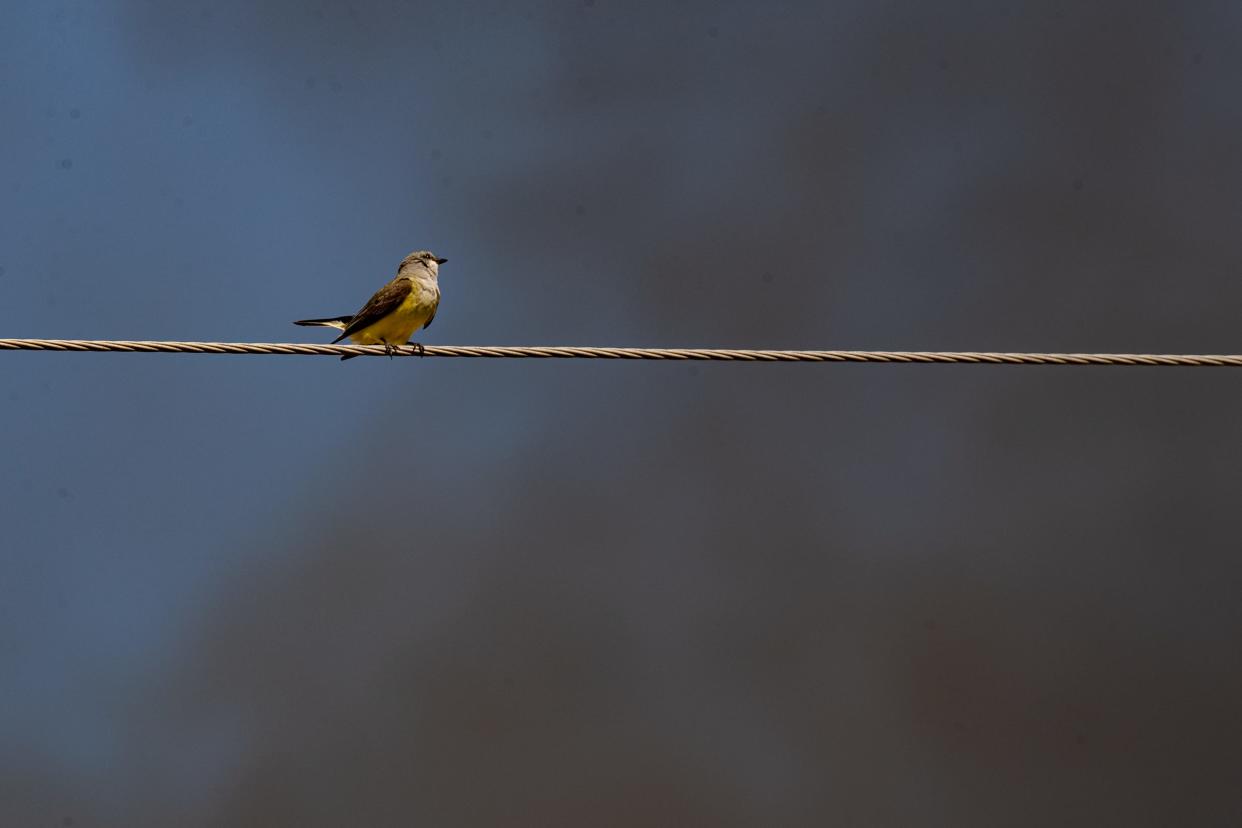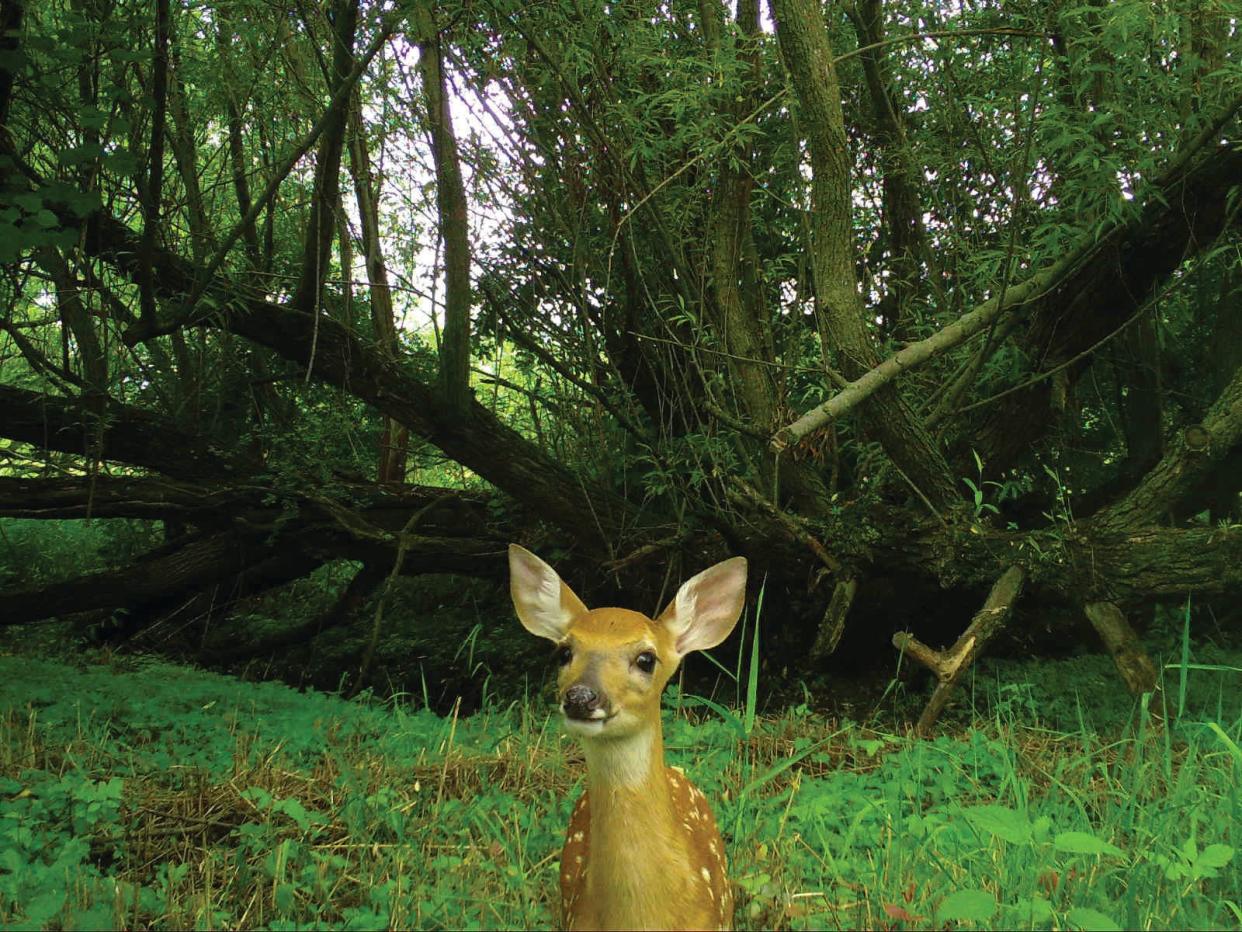Texas Parks & Wildlife Department warns people to avoid young animals that look abandoned
Warmer weather has started to take over the Coastal Bend, which means more people are going outside to enjoy the flora and fauna.
As more time is spent outdoors, one may start to notice more wildlife in one's backyard, neighborhood and surrounding areas. Birds, deer and snakes are active this time of year, and their young may be mistaken as abandoned.
According to the Texas Parks & Wildlife Department (TPWD), baby birds and deer fawns are the most common animals picked up by people. However, it is important to understand human-animal encounters are unnecessary and can be detrimental to the wildlife concerned.
As well, it is illegal to possess wildlife without a permit.

In a release, Meredith Longoria, TPWD's Wildlife Division deputy director, said most of the time young wildlife is not abandoned, but simply staying in a safe space while their parents search for food.
“It’s best to leave rehabilitation of wildlife to those with the proper equipment, training and permits that authorize them to do so," Longoria said.
Deer fawning season starts in May, and a doe may leave her fawn for hours at a time while browsing for food. During that time, people may spot a fawn alone and think it was abandoned, but that is rarely the case.
As well, doves, blue jays, mockingbirds and other avian species that are preparing to leave the nest are often found on the ground and mistakenly thought to be abandoned.

Part of their developmental phase in learning to fly is spending days, and sometimes weeks, on the ground under the supervision of their parents nearby. If the bird's eyes are open, has feathers and is hopping around, it's safe to assume its parents are likely nearby.
Staying too close to animals may deter the mother from returning, and interfering too soon could do more harm than good. People should leave all young animals alone unless they are injured, TPWD said.
If you find a wild animal injured, contact a permitted wildlife rehabilitator. In Nueces County, there are five. For the full list, including other Texas counties, visit tpwd.texas.gov/huntwild/wild/rehab/list.
RELATED COVERAGE
More: TPWD Commission announces tag system for oversized spotted sea trout | Here's how it works
More: Tussock moth caterpillars are here — be sure to avoid them
John Oliva covers entertainment and community news in South Texas. Contact him at john.oliva@caller.com or X @johnpoliva.
Consider supporting local journalism with a subscription to the Caller-Times.
This article originally appeared on Corpus Christi Caller Times: Texas Parks & Wildlife Department warn people to avoid young wildlife
